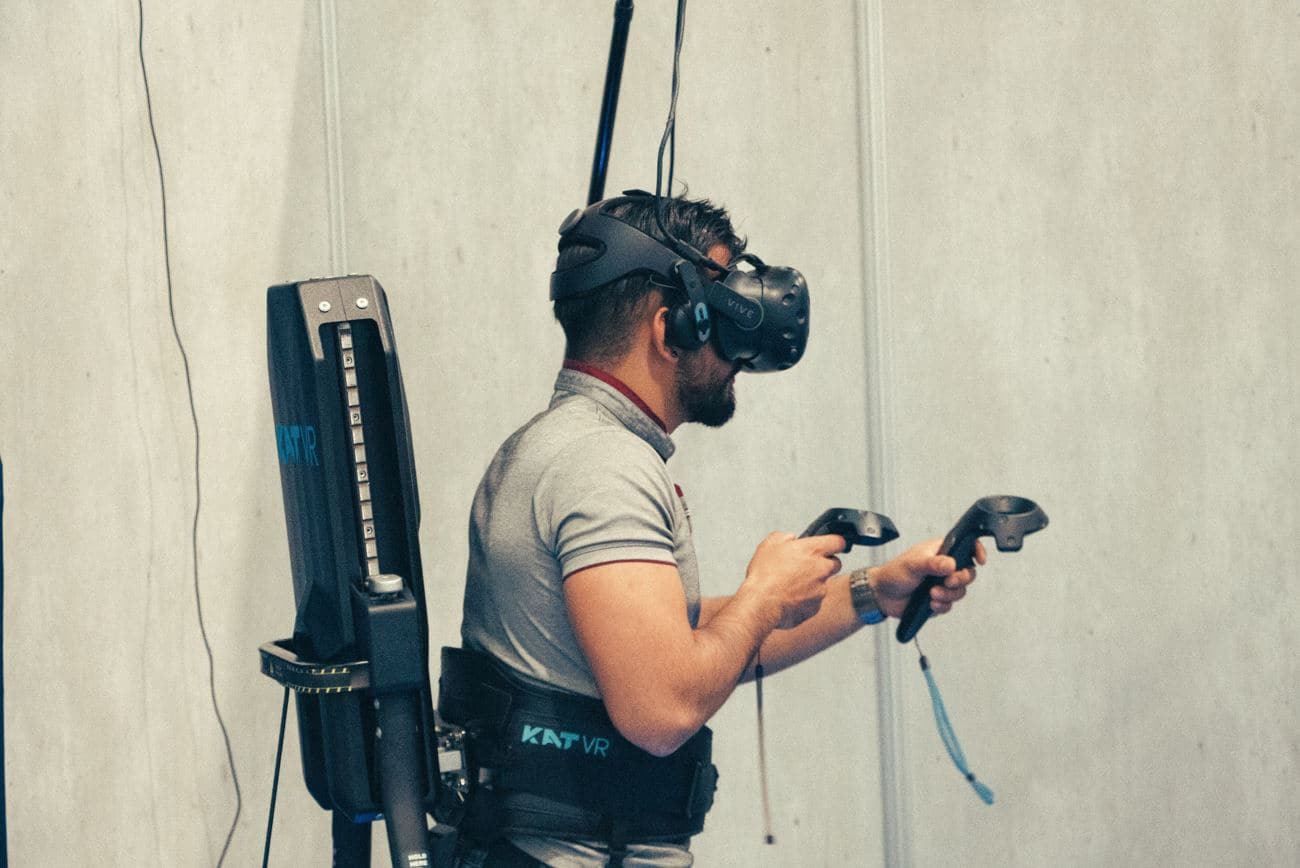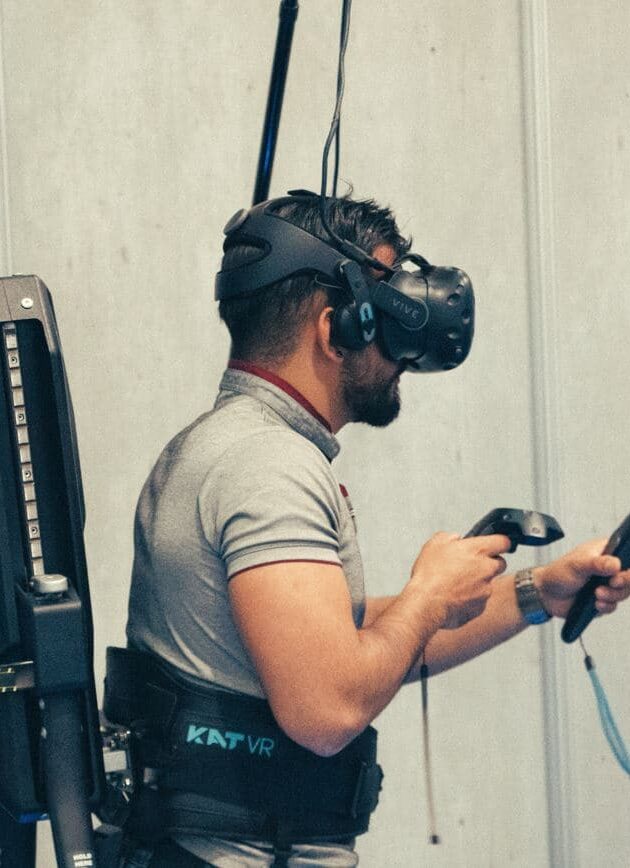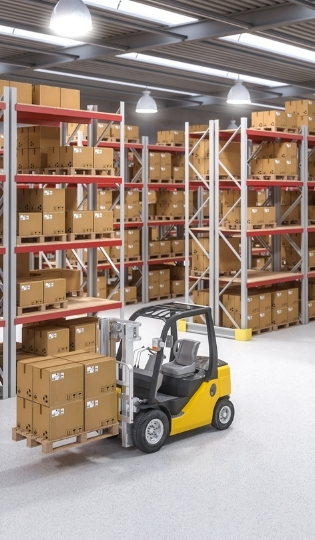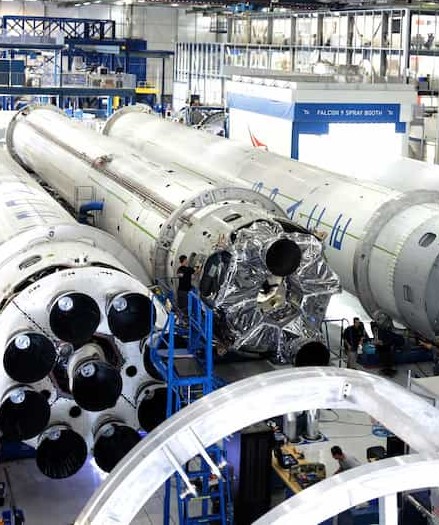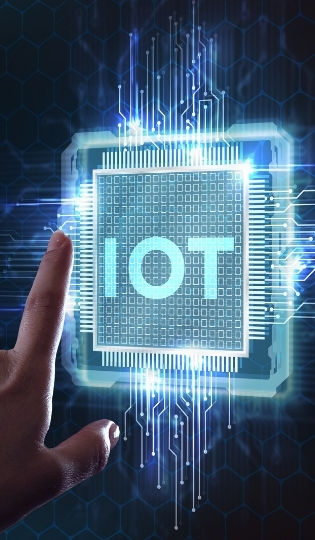What is a digital twin?
As we have already mentioned on this blog, a digital twin is a virtual clone of a physical system or process. The purpose of the digital twin is to represent in real time the behaviour of the system it copies.
In practice, IoT (Internet of Things) sensors are placed in the field and provide real-time information on the object under study. The digital twin is therefore constantly fed with concrete data. The representation of the physical system is thus alive because it evolves at the same time as the object in the field.
Digital twins: what are their uses?
Digital twins have really taken off since the beginning of the 2010s, because they help improve the industrial performance of companies.
They can be used in many cases, but three of their most common uses are as follows:
- They can be used to predict the evolution of the industrial tool in the different stages of its life cycle. This allows the activities of a production line to be planned with an optimised time scale.
- They can also be very useful in the field of safety. By testing directly on the digital twin, it is possible to identify a risk of failure at an early stage and thus continuously measure the reliability of equipment. This has a direct impact on costs: by improving the possibilities for predictive maintenance and detecting failures in advance, maintenance costs are optimised and downtimes in production flows are reduced.
- Digital twins are also used to co-create equipment using augmented reality. They then become an essential decision-making tool.
A concrete example: modelling a production line
Let’s look at an example of the usefulness of a digital twin in a concrete case. The example studied is the implementation of a digital twin in the case of the improvement of a production line in a factory specialising in the manufacture of drones.
The first step is to record all the dynamic characteristics of each piece of equipment, such as their speeds. Then, the production line is modelled on a suitable software. All the movements of the production line are connected in real time to the software.
Tests are then carried out on the virtual clone of the production line by adding a second drone assembly station, which had previously been identified as a bottleneck station. The new output is then measured and the behaviour of the drones is studied, taking into account the different scenarios and production contingencies.
Depending on the results of the tests carried out on the 3D environment, it is decided whether or not to set up this second assembly station. Since the consequences of the modification are known in advance, this saves time in the production flow by minimising production stoppages.
This type of testing can be imagined in many different situations and on many different types of equipment. Overall, a digital twin is a tool that can be very beneficial in industrial logistics and industrial traceability.
Investing in the implementation of a digital twin
The promises of the digital twin are therefore numerous and are already shaping Industry 4.0.
Before investing in a digital twin, however, there are a number of aspects to consider. In particular, it is important to measure the competitive advantage that the implementation of a digital twin can give you in relation to the investment that its implementation represents. The capacity of your IT system should also be studied to ensure that its size is consistent with the implementation of such technology.
The promise of the digital twin in Industry 4.0
As we have seen, the implementation of a digital twin can be very beneficial, particularly in the fields of logistics and industrial traceability :
- It helps to avoid many of the hazards that occur on a production line after it has been started up,
- It allows for greater flexibility and thus improves the overall efficiency of the industrial tool,
- It helps to improve the quality of the industrial tool by detecting potential deviations and variabilities in the system,
- It enables operators and maintenance teams to be trained prior to the implementation of a system.
The optimisation of learning time and the shortening of production downtime make the digital twin a formidable asset which, in addition to its advantages, is applicable to almost all industrial fields.
Written by Emma Guignard
